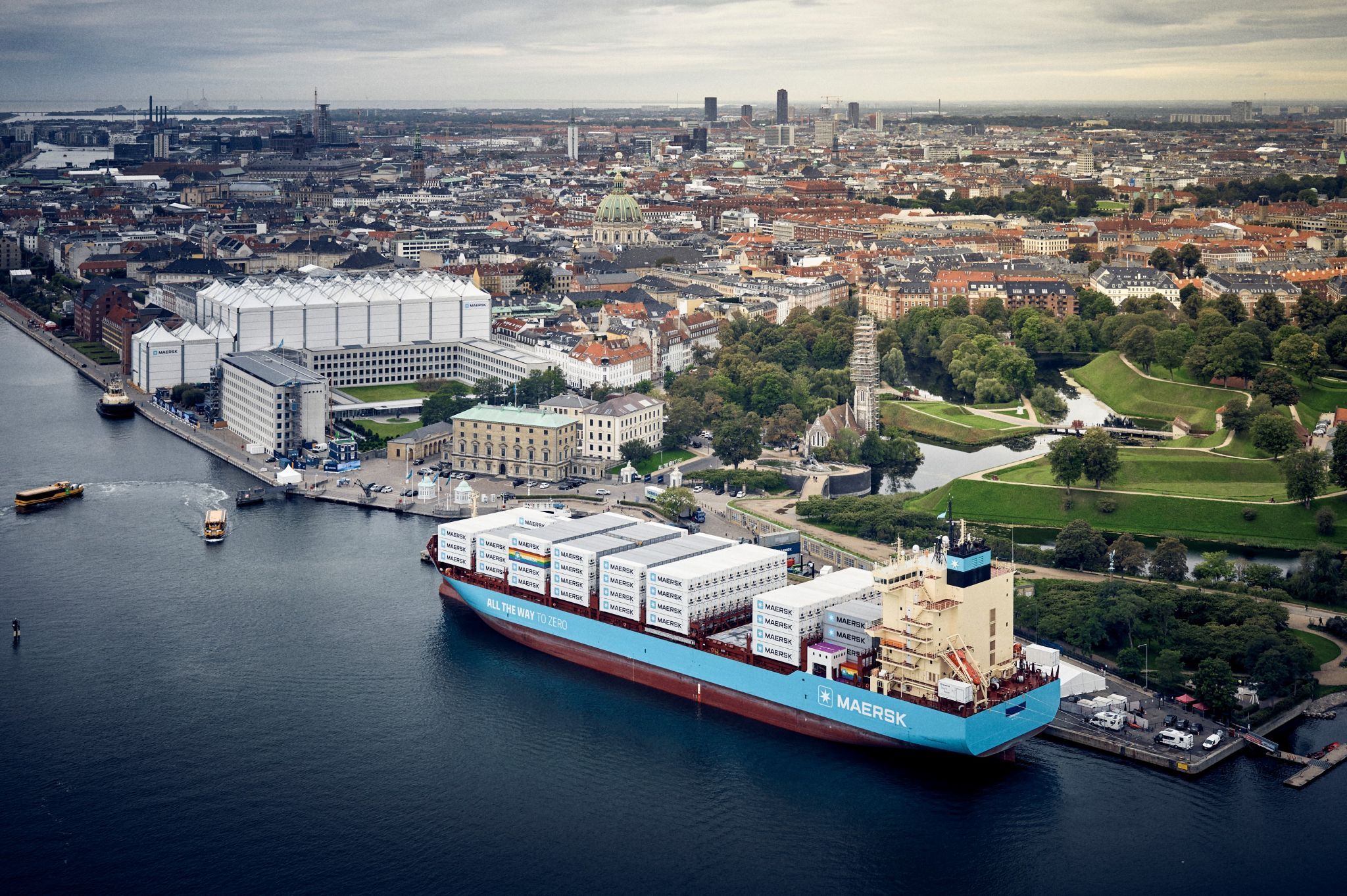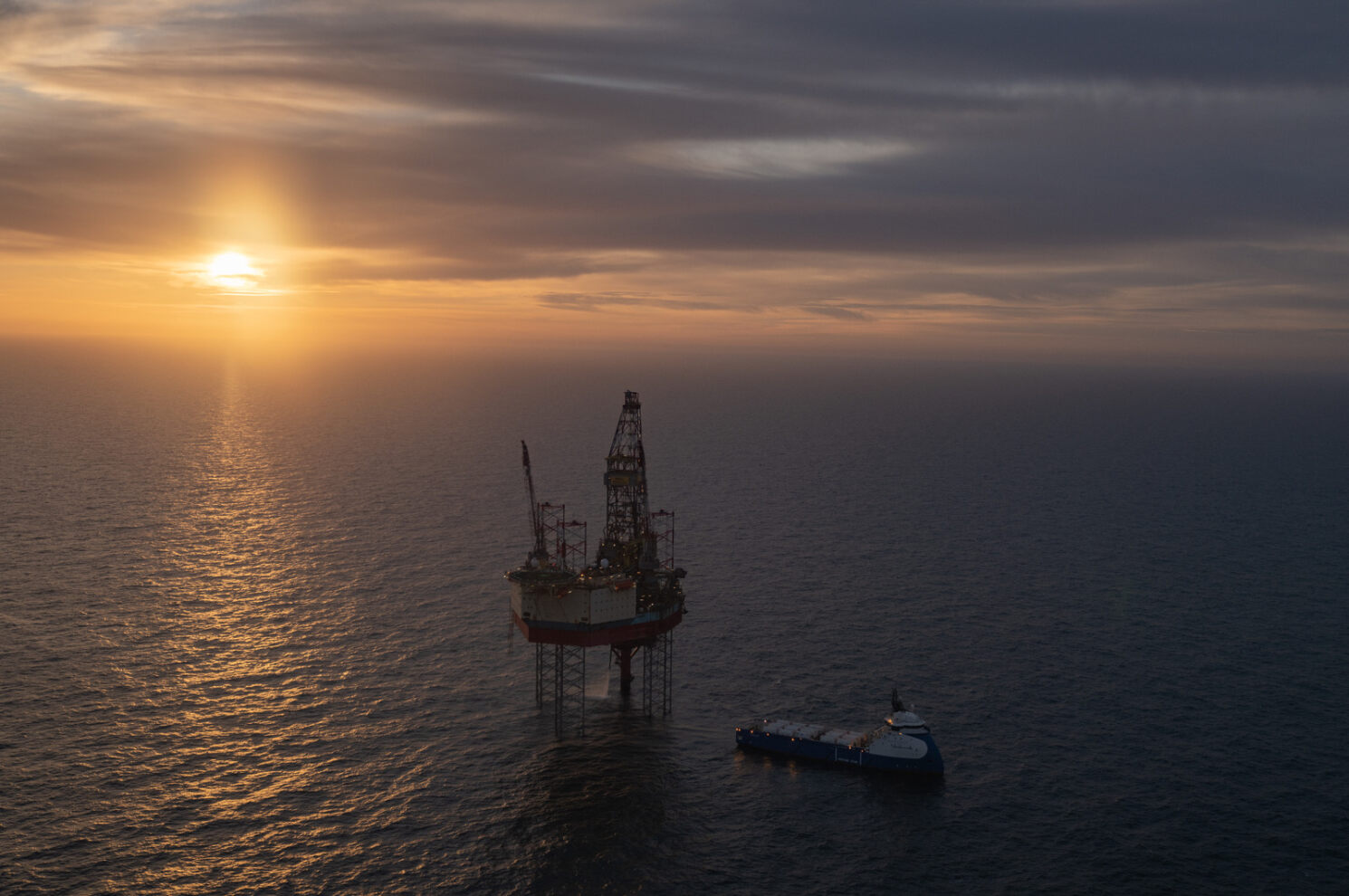News
Air pollution
Green Shipping
Shipping and maritime
Smarter Sailing


However, regardless the exemptions of navy ships’ compliance, it is Danish defense policy that the civilian rules and regulations must be complied with to the extent that it does not cause operational limitations.
Objective of the Danish Ministry of Defence’s green policies
The Navy’s green policy objectives are laid down in Danish Ministry of Defence’s Climate and Energy strategy 2012-2015, and the Navy uses the Danish Ship Owners´ Association energy and climate objectives as guidelines. These objectives are expressed as a declaration of intent, and the purpose is to intensify and enhance the environmental issues within the Defence in general, and particularly in relation to the consumption of fuel.
Energy optimising of the ABSALON-class is expected to give a concrete energy saving potential
with a reduction of the energy consumption and thus a reduction of the CO2 and NOx emission.
This converts into a reduction of operations and maintenance of USD 1,25 million per year for
the ABSL-class alone.
Intermediate projects within Smarter Sailing
The preliminary analysis of intermediate projects within the framework of project ”Smarter Sailing” points to an energy optimising potential for salt water cooling in connection with ventilation etc., replacement of the existing lighting on the sailing units to Light Emitting Diode (LED), reconverting propellers to a more economic operation, frequency adjustments of pumps, catalysts, ballast water purification and the use of bio fuel.
Furthermore comes the introduction of Ship Efficiency Energy Management Plan (SEEMP), which together with our Naval Staff fuel model is a part of the Danish Ministry of Defense’ Climate and Energy Strategy aim KE19, which indicates that the Danish Armed Forces will have revised operational procedures, manuals and directives before the end of 2015, with a view to introducing environmental and energy considerations.
Implemented green initiatives
Common to most of the initiatives is that they presuppose investments in equipment before the saving potential can be redeemed and before the environmental impact can be reduced. Implementation of “green” solutions are generally considered in connection with alteration projects and worked in as much as possible in future maintenance- and mid-life-update projects.
At present, by mediation from the Defence Acquisition and Logistics Organization (DALO), the Navy has installed catalytic after treatment with injection of “Urea” on main engines in patrol vessels of DIANA-class and DALO has entered into contract concerning LED-lighting and ballast water treatment on LAUGE KOCH.
The Navy has also worked out a fuel model which is used as a tool to budget fuel quantities and CO2 emission. An update of the model has been planned in order to compare travelled distance and actual consumption of fuel with least possible consumption compared to the propeller-curve.
You should consider reading
News
Carbon capture, storage and utilisation
+2















